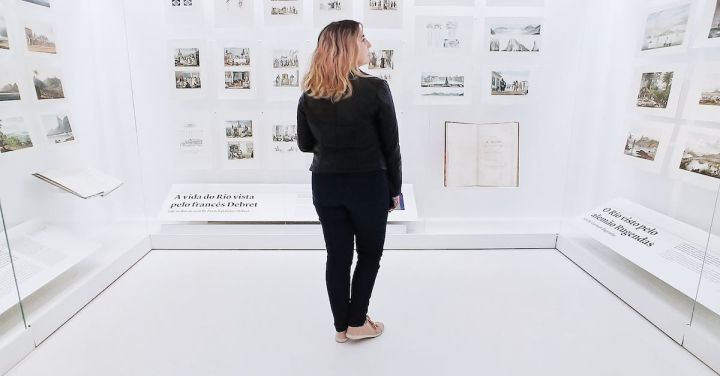Railroads have long been a vital part of our history, connecting cities, industries, and people across vast distances. Today, as technology advances and high-speed trains dominate the transportation landscape, it is easy to forget the importance of these iron tracks and the stories they hold. That is where railroad museums come in, serving as guardians of the past and preserving the rich history of our nation’s railway system.
Railroad museums are more than just repositories of old trains and artifacts. They are living, breathing spaces that transport visitors back in time, allowing them to experience the sights, sounds, and even the smells of a bygone era. These museums are a testament to the ingenuity and hard work of the men and women who built and operated these iron horses, shaping the nation’s growth and development.
One such museum is the National Railroad Museum in Green Bay, Wisconsin. Spread across a sprawling 33-acre campus, the museum boasts an impressive collection of locomotives, passenger cars, and cabooses. Visitors can climb aboard restored trains and imagine what it was like to travel in style during the golden age of rail travel. The museum also offers interactive exhibits that delve into the engineering marvels behind these massive machines, as well as the stories of the people who worked on the tracks.
But railroad museums are not limited to the big cities. Smaller communities also play host to these hidden gems, each with their own unique stories to tell. Take the Roanoke Valley Railroad Museum in Virginia, for example. Housed in a beautifully restored passenger station, this museum highlights the crucial role that railroads played in the growth of Roanoke. Visitors can explore exhibits that showcase the impact of rail transportation on industries like coal mining and manufacturing. They can also step inside vintage train cars and imagine the hustle and bustle of a busy station in its heyday.
Railroad museums are not just for train enthusiasts. They offer a glimpse into the broader social and cultural history of the regions they represent. The California State Railroad Museum in Sacramento, for instance, takes visitors on a journey through time, exploring the role of railroads in shaping the state’s development. From the construction of the Transcontinental Railroad to the impact of the Gold Rush, this museum intertwines the story of California with the story of its railroads.
These museums also serve as educational resources, providing a hands-on learning experience for visitors of all ages. Many offer programs and workshops that allow aspiring engineers to tinker with model trains and learn about the principles of locomotion. Children can participate in scavenger hunts and interactive exhibits, fostering a love for history and a curiosity about the world around them.
In a world that is constantly evolving, railroad museums remind us of the importance of preserving our past. They serve as time capsules, preserving the stories of those who came before us and allowing us to connect with our shared heritage. So, the next time you pass by a railroad museum, take a moment to step inside and immerse yourself in the sights and sounds of a bygone era. You may just find yourself captivated by the magic of the rails.
